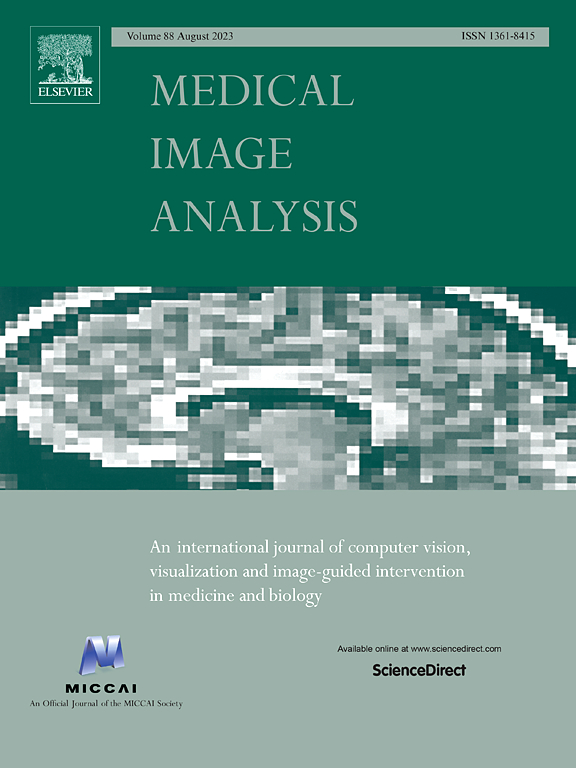脑网络与智能:基于图神经网络的静息状态fMRI数据处理方法。
IF 10.7
1区 医学
Q1 COMPUTER SCIENCE, ARTIFICIAL INTELLIGENCE
引用次数: 0
摘要
静息状态功能磁共振成像(rsfMRI)是研究大脑功能和认知过程之间关系的有力工具,因为它允许在不依赖于特定任务或刺激的情况下捕获大脑的功能组织。在本文中,我们提出了一种名为BrainRGIN的新型建模架构,用于在rsfMRI衍生的静态功能网络连接矩阵上使用图神经网络预测智能(流体、结晶和总智能)。在现有的图卷积网络的基础上,我们的方法结合TopK池和基于注意力的读出功能,在图卷积层中引入了基于聚类的嵌入和图同构网络,以反映大脑子网络组织的性质和高效的网络表达。我们在一个大型数据集(特别是青少年大脑认知发展数据集)上评估了我们提出的架构,并证明了它在预测个体智力差异方面的有效性。在所有智能预测任务中,我们的模型比现有的相关图架构和其他传统机器学习模型实现了更低的均方误差和更高的相关分数。额叶中回对流体智力和结晶智力都有重要贡献,表明它们在这些认知过程中起着关键作用。总的综合得分确定了一组不同的相关大脑区域,这强调了总体智力的复杂性。我们的GitHub实现可以在https://github.com/bishalth01/BrainRGIN/上公开获得。本文章由计算机程序翻译,如有差异,请以英文原文为准。
Brain networks and intelligence: A graph neural network based approach to resting state fMRI data
Resting-state functional magnetic resonance imaging (rsfMRI) is a powerful tool for investigating the relationship between brain function and cognitive processes as it allows for the functional organization of the brain to be captured without relying on a specific task or stimuli. In this paper, we present a novel modeling architecture called BrainRGIN for predicting intelligence (fluid, crystallized and total intelligence) using graph neural networks on rsfMRI derived static functional network connectivity matrices. Extending from the existing graph convolution networks, our approach incorporates a clustering-based embedding and graph isomorphism network in the graph convolutional layer to reflect the nature of the brain sub-network organization and efficient network expression, in combination with TopK pooling and attention-based readout functions. We evaluated our proposed architecture on a large dataset, specifically the Adolescent Brain Cognitive Development Dataset, and demonstrated its effectiveness in predicting individual differences in intelligence. Our model achieved lower mean squared errors and higher correlation scores than existing relevant graph architectures and other traditional machine learning models for all of the intelligence prediction tasks. The middle frontal gyrus exhibited a significant contribution to both fluid and crystallized intelligence, suggesting their pivotal role in these cognitive processes. Total composite scores identified a diverse set of brain regions to be relevant which underscores the complex nature of total intelligence. Our GitHub implementation is publicly available on https://github.com/bishalth01/BrainRGIN/.
求助全文
通过发布文献求助,成功后即可免费获取论文全文。
去求助
来源期刊

Medical image analysis
工程技术-工程:生物医学
CiteScore
22.10
自引率
6.40%
发文量
309
审稿时长
6.6 months
期刊介绍:
Medical Image Analysis serves as a platform for sharing new research findings in the realm of medical and biological image analysis, with a focus on applications of computer vision, virtual reality, and robotics to biomedical imaging challenges. The journal prioritizes the publication of high-quality, original papers contributing to the fundamental science of processing, analyzing, and utilizing medical and biological images. It welcomes approaches utilizing biomedical image datasets across all spatial scales, from molecular/cellular imaging to tissue/organ imaging.
 求助内容:
求助内容: 应助结果提醒方式:
应助结果提醒方式:


